Individuals with rheumatic and musculoskeletal diseases (RMDs) are at increased risk for vaccine-preventable infections, especially if they are also on immunosuppressive medications. With the recognition that RMDs and immunosuppression can also affect the immunogenicity and safety of vaccines, the ACR has issued its own guideline for vaccination in patients with RMDs. The recommendations and supporting evidence are currently in the queue for early 2023 joint publication in Arthritis & Rheumatology and Arthritis Care & Research.

“This guideline applies across diseases,” said project leader Anne Bass, MD, Professor of Clinical Science, Weill Cornell Medicine Hospital for Special Surgery. “We created this guideline based on epidemiology and vaccine availability in the United States, but it is applicable across much broader populations.”
Dr. Bass opened ACR Guideline for Vaccination in Patients with Rheumatic and Musculoskeletal Diseases on Saturday. The session is available for on-demand viewing for registered ACR Convergence participants through October 31, 2023, on the virtual meeting website.
The new guideline includes expanded vaccine recommendations for RMDs as well as medication management at the time of non-live-attenuated and live-attenuated vaccines. ACR recommendations are complementary to other guidelines from the Advisory Committee on Immunization Practices and the Centers for Disease Control and Prevention (ACIP/CDC), as well as the American Academy of Pediatrics (AAP).
The College expanded indications for influenza, pneumococcus, recombinant varicella zoster (VZV), and human papillomavirus (HPV) vaccination in patients with RMDs who are on immunosuppression.
All RMD patients older than 65 and those between 18 and 65 on immunosuppressive medications should receive high-dose or adjuvanted influenza vaccine instead of regular-dose influenza vaccine, if possible.

“If high-dose or adjuvanted vaccine is not available, any flu vaccine is recommended over no vaccine,” said Clifton O. Bingham III, MD, Professor of Medicine, Johns Hopkins University. “If the patient is in your office, give them the vaccine you have. Any flu vaccine today is preferred over any vaccine delay.”
The ACR strongly recommends pneumococcal vaccination for RMD patients younger than 65 on any immunosuppressive medication, Dr. Bingham added, as well as those who are older than 65, the general CDC-ACIP recommendation.
VZV vaccine (Shingrix) is strongly recommended for RMD patients older than 18 who are on immunosuppressive medication because patients with RMDs are at higher risk of zoster than adults 50 and older for whom vaccination is broadly recommended.
HPV vaccination (Gardasil) is conditionally recommended for RMD patients between 26 and 45 on immunosuppressive medications and not previously vaccinated. Dr. Bass noted the recommendation applies to all RMD patients, as do CDC-ACIP recommendations for universal HPV vaccination before beginning sexual activity.
The ACR did not include COVID-19 vaccination because the ACR has already issued COVID-19 vaccine guidance and because the disease is evolving faster than more formally developed clinical practice guidelines can be updated. The ACR’s goal is to eventually bring COVID-19 vaccines into this guideline. Meanwhile, “the Centers for Disease Control and Prevention has timely data and vaccination recommendations until such time as the pandemic stabilizes,” Dr. Bass said.
Medication management and non-live-attenuated vaccines

Managing medications around the time of vaccination has long vexed rheumatologists. Withholding immunosuppressive medications increases the risk of disease flare, while continuing medications may reduce vaccine immunogenicity.
“Methotrexate is known to reduce response to pneumococcal, flu, and other vaccines,” said Kevin L. Winthrop, MD, MPH, Professor of Infectious Diseases and Public Health, Oregon Health and Science University. There are also questions about biologics and Janus kinase (JAK) inhibitors.
“For influenza vaccination, you should hold methotrexate for two weeks after vaccination, but you should continue rituximab and other immunosuppressive medications other than methotrexate,” he said. “Whenever possible, vaccinations should be given before initiating rituximab.”
Recommendations are different for other non-live-attenuated vaccines. Methotrexate should be continued. For patients on rituximab, vaccination should be timed to coincide with when the next rituximab dose is due, then rituximab should be held for at least two weeks after vaccination. Other immunosuppressive medications should be continued as usual.
There are also recommendations for patients taking prednisone or other glucocorticoids regardless of disease activity. For patients taking less than 20 mg prednisone daily, influenza and other non-live-attenuated vaccines should be given as scheduled.
For patients taking 20 mg or more prednisone daily, the influenza vaccine should be given as scheduled, but other non-live-attenuated vaccines should be delayed until glucocorticoids are tapered to less than 20 mg daily prednisone equivalent.
Medication management and live-attenuated vaccines
Live-attenuated vaccines require a different approach. RMD patients on immunosuppressive medications should defer live-attenuated vaccines. Immunosuppressive medications should be held before live-attenuated virus vaccination and for four weeks after.
Both are conditional recommendations, Dr. Bass cautioned, because the level of evidence is low.
Tumor necrosis factor (TNF) inhibitors are not known to cause problems with live-attenuated varicella zoster (Zostavax). There is some level of concern regarding IL-1 and IL-6 inhibitors following a small retrospective case study, but data are limited and subject to recall bias.
JAK inhibitors pose a potential risk of vaccine-associated varicella infection in the approximately 2 percent of the U.S. population that is seronegative to varicella.
Intravenous immunoglobulin (IVIG) treatment can interfere with replication of live-attenuated vaccines and reduce efficacy, leading the CDC to recommend a delay of eight to 11 months for vaccination, depending on IVIG dose. The ACR guideline agrees with this timing, but “there are clearly situations where earlier vaccination is preferred, such as during a measles outbreak, where some immunity is preferred over none,” Dr. Bass said.
Live-attenuated vaccination after prenatal exposure to DMARDs has also raised questions. AAP recommends delaying rotavirus vaccination for 12 months after any in utero biologic DMARD exposure. That leaves the infant without rotavirus protection during the first year of life.
Observational studies show no clear adverse events for infants with in utero TNF inhibitor exposure, Dr. Bass said, and infants are no longer TNF-exposed by 2 months of age. Studies of nursing mothers on infliximab have found only minimal amounts of the drug in breast milk. Therefore, “giving live-attenuated rotavirus vaccine within the first six months of life with second- and/or third-trimester antenatal exposure to TNF inhibitors is conditionally recommended,” she said. “For neonates with second and/or third trimester antenatal exposure to rituximab, delaying live-attenuated rotavirus until 6 months of age is also conditionally recommended. Rituximab is associated with low or absent B lymphocyte levels in newborns, and the infant is unlikely to respond to vaccination until 6 months after the last rituximab exposure.”
Pediatricians are the larger concern with in utero biologic DMARD exposure, she added. Most RMD patients turn to their pediatrician for infant vaccine recommendations. Pediatricians may not be aware of the potential impact of in utero medication exposure on vaccine safety and immunogenicity.
“It is important that you, as a provider, give your recommendations (for rotavirus vaccination after in utero exposure) to the pregnant rheumatic disease patient before delivery,” Dr. Bass said. “Let that patient know this is something they should share with their pediatrician-to-be.”

Registered ACR Convergence 2024 Participants:
Watch the Replay
Select ACR Convergence 2024 scientific sessions are available to registered participants for on-demand viewing through October 10, 2025. Log in to the meeting website to continue your ACR Convergence experience.
